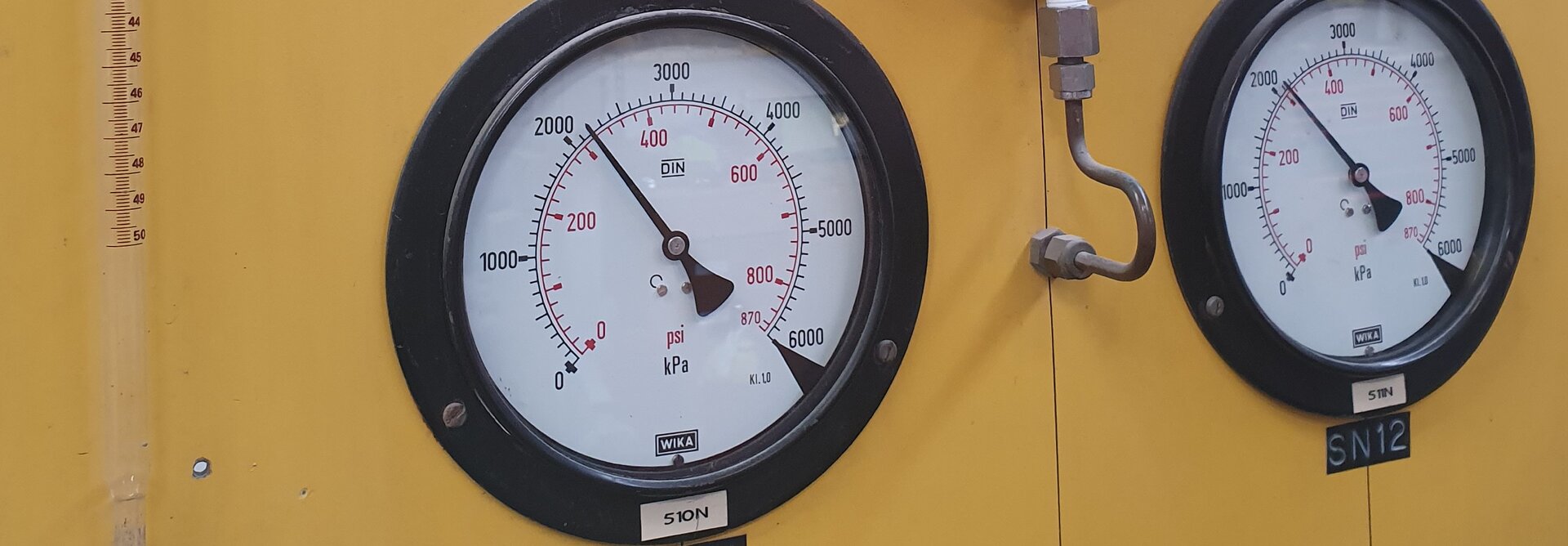For ease of understanding our FAQ’s:
Cylinders & Bottles mean the same
Cylinders & Bottles hold pressure – LPG, CO2, Air, Argon, Oxygen, Dry Powder, Wet Chemical, Foam, etc
How often does my LPG bottle have to be pressure tested?
How do I read the date on the bottle?
Is the stamped date the expiry date which says it needs to be tested?
They won’t fill my LPG bottle because of rust and it still has 2 years before it expires and needs pressure testing. Is this correct?
Gas is coming out of the valve when I turn the handle around on my LPG bottle. It never did this before. What should I do?
Why do gas cylinders need testing?
Who can carry out testing and inspections?
What controls are there for testing?
How often does my LPG bottle have to be pressure tested?
Every 10 years.
How do I read the date on the bottle?
Month / Test Station Mark / Year
Is the stamped date the expiry date which says it needs to be tested?
No, it is the date when it was tested and the time starts from there.
Back to top
They won’t fill my LPG bottle because of rust and it still has 2 years before it expires and needs pressure testing. Is this correct?
Take the bottle to a Test Station and they can advise you. If the rust is excessive then yes the filling station has the right to decline filling it and the Test Station can ‘fail’ the bottle and not give it back to you even though it the time has not ‘expired’ as the bottle is unsafe.
Gas is coming out of the valve when I turn the handle around on my LPG bottle. It never did this before. What should I do?
Take the bottle to a Test Station and they can advise you. The valve has been damaged and will need to be replaced. It is unsafe to continue using this bottle.
Back to top
Why do gas cylinders need testing?
All cylinders must be inspected and tested after they are made, than at regular intervals through their life. They are tested to their specification, which includes checking for corrosion, cracks, imperfections and compliance with the specification. They are then hydraulically tested (with water) to measure any expansion of the shell that may take place.
Who can carry out testing and inspections?
Only Cylinder Periodic Testers that have been approved by EPA NZ can do this.
What controls are there for testing?
A Periodic Tester must follow the following:
Part 7 of the Compressed Gas Regulations
AS2337.1
AS2337.3
AS2030.1
AS2030.2
Back to top
What happens when a gas cylinder is tested?
The gas cylinder must be identifiable, have any external attachments removed, then it undergoes an external examination. The valve is removed, the cylinder is cleaned, threads and interior checked and examined. Pressure testing is then carried out if required.
Why is the date of manufacture of a cylinder important?
The cylinders date of manufacture is the date that the container was completely fabricated in the factory. It is akin to a date of birth for a cylinder and was a snapshot in time of materials, tooling, conditions, environment, quality control and testing. Irrespective of the type of service that a cylinder is used in and therefore the required retest period, the period before the retest starts from the date of manufacture.
Example:
A SCUBA cylinder manufactured in June 2013 is due for testing in June 2015 even if it is not first used until December 2014. The practice of restamping unused cylinders at the time of their sale or in the case of fire extinguishers at the time that they are assembled and filled is not permitted. Where it is found that a date of manufacture may have been altered, ground off, restamped etc,the validity of all the cylinder markings and in some cases the cylinder design approval itself, may be questioned and will need to be satisfactorily re-established.

